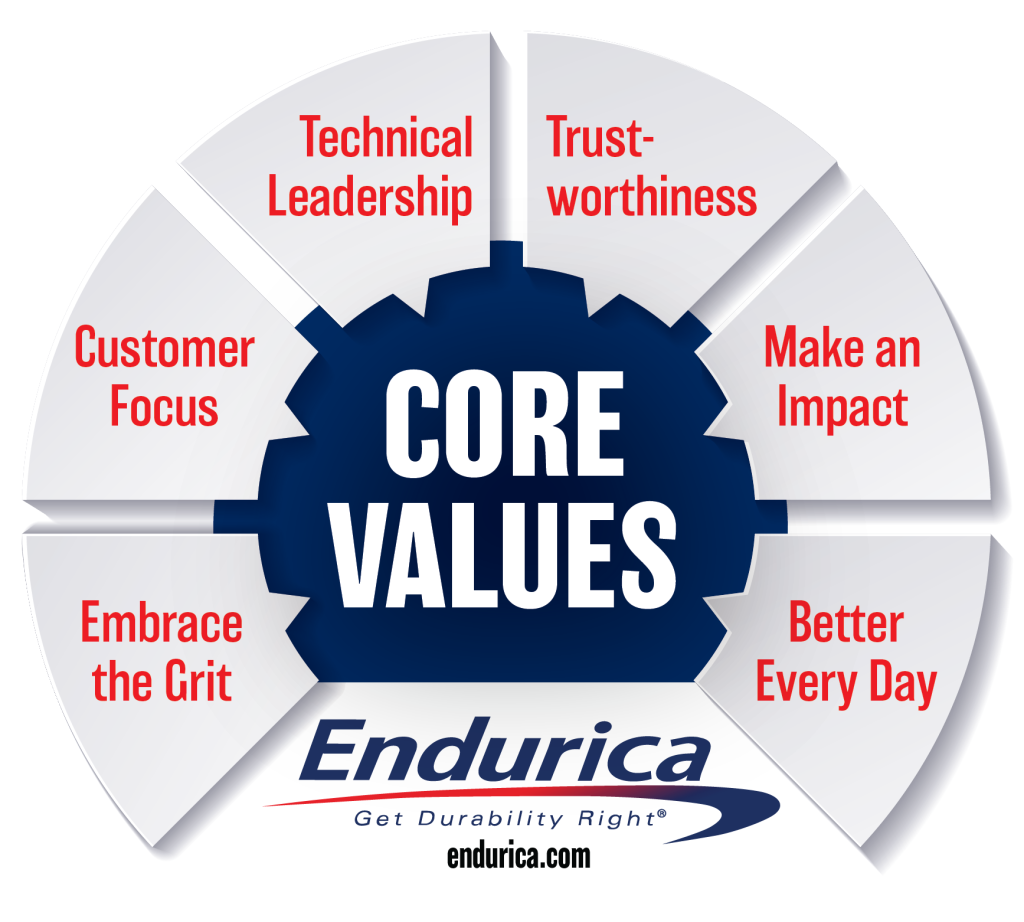“I’m pleased to share that my latest article has been accepted for publication” is among the best email subject lines someone in a technical company... Continue reading
- We Offer
Elastomer Durability Analysis Solutions
Discover the Science Behind Elastomer Fatigue
Take your designs to the next level with models tailored specifically for rubber materials.
- Industry Solutions
- Resources
- About
- Contact
Wow – this year has really been one of many firsts for Endurica. We had our first ever Community Conference in April, we started our... Continue reading
Our transition to a new software architecture is a vital move in navigating the dynamic technological landscape. In a recent webinar, we discussed the aspects... Continue reading
Design optimization studies are driving a need to support the efficient management and execution of many jobs. This is why we are announcing that Endurica’s... Continue reading
Once a year, we ask our users to weigh in on what we can do to further improve your experiences with the Endurica fatigue solvers. ... Continue reading
The old saying “loose lips sink ships” is as true in product development as it is in war. Maybe more so – while warships are... Continue reading
Categories
No comments to show.
© 2025 Copyright Endurica LLC
Website Designer iGo Sales and Marketing, Inc.





